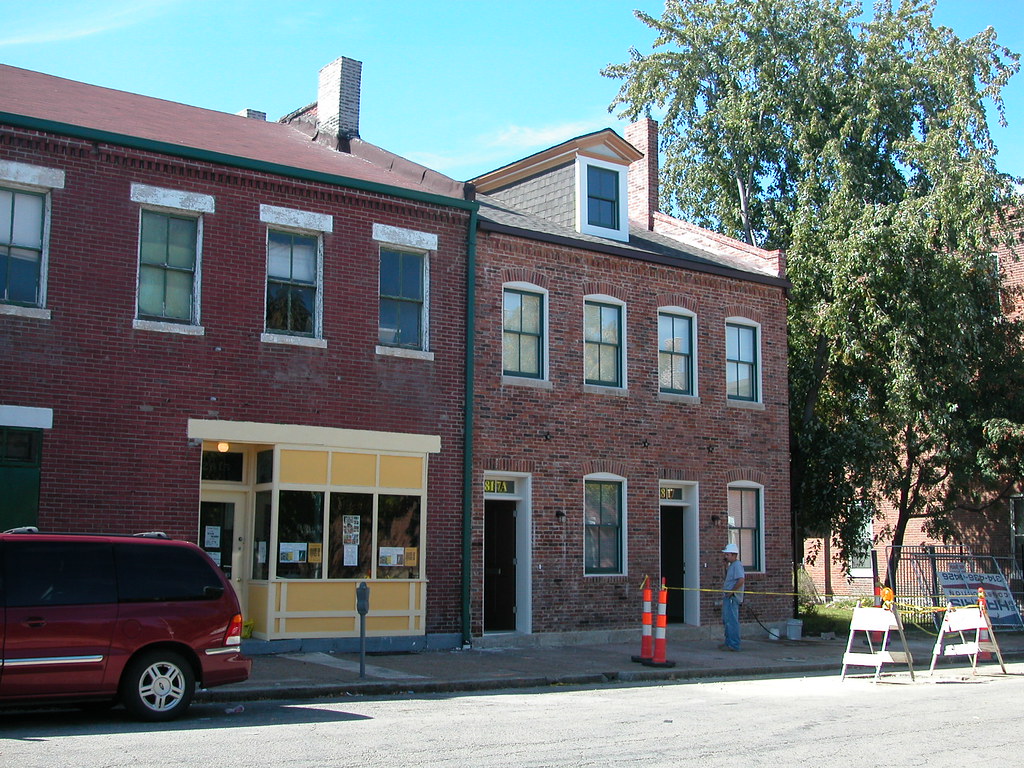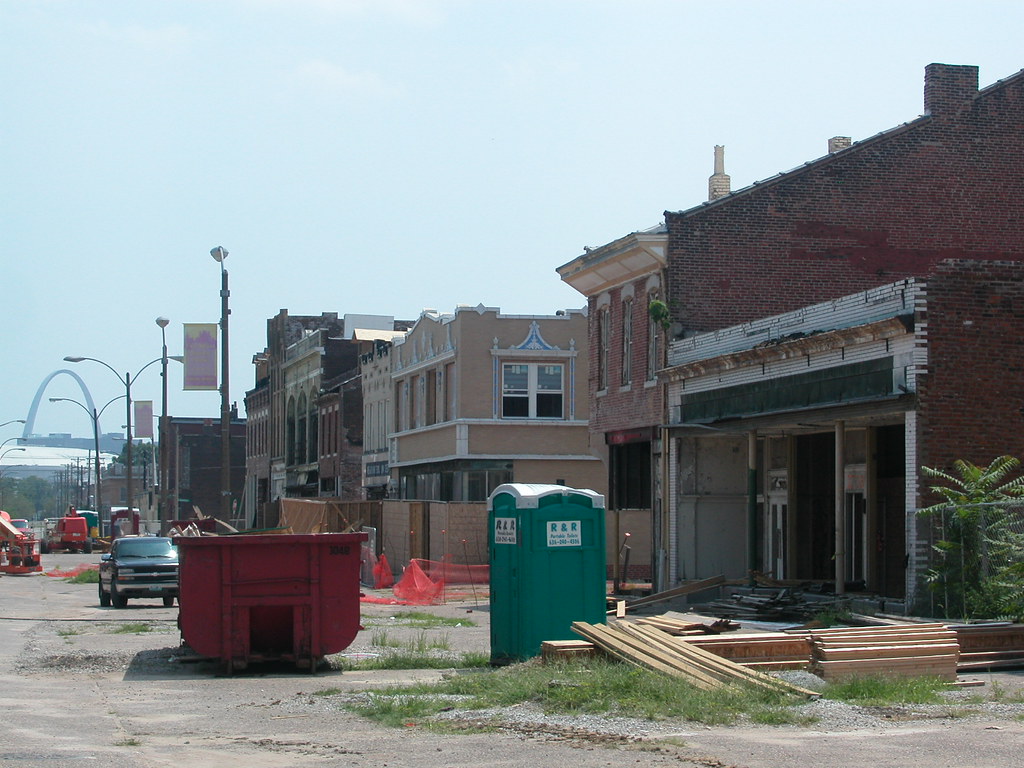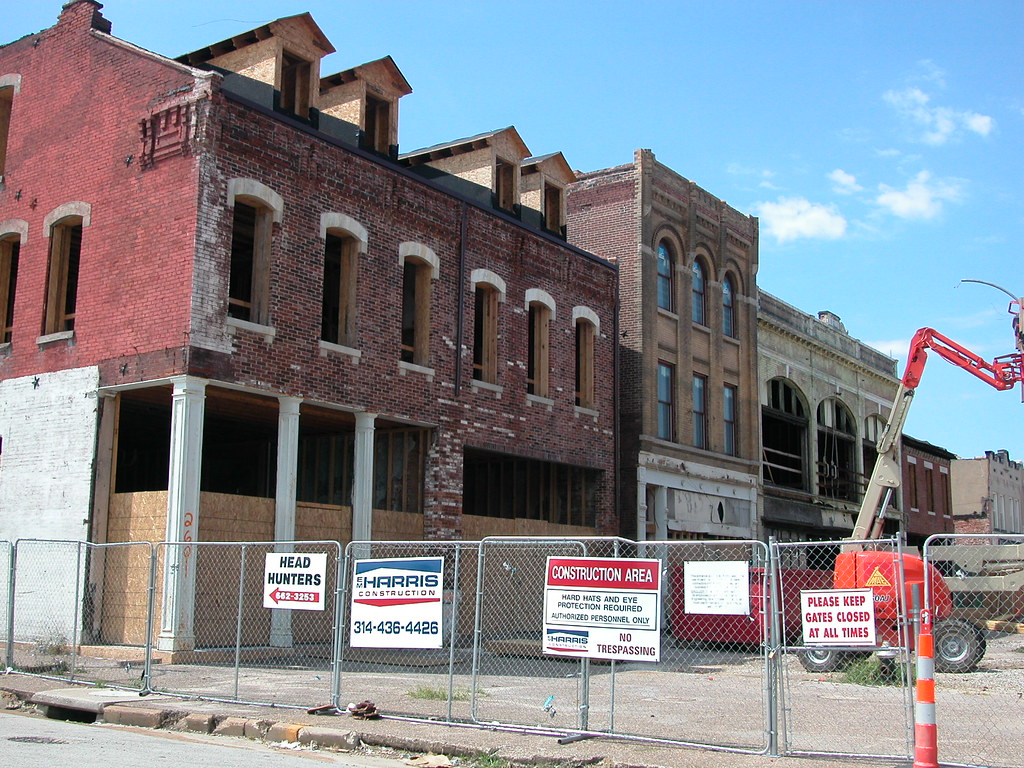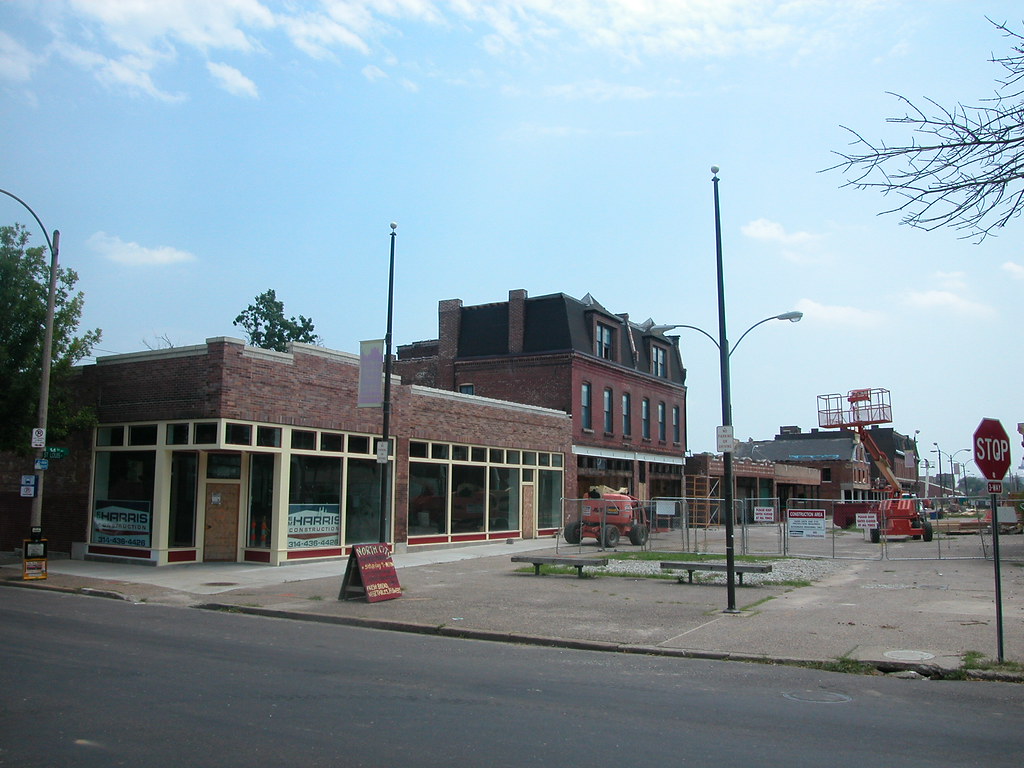by Michael R. Allen
One of the first rules of rehabbing is that everything takes twice as long and twice as much money as estimated – on a good day. That’s if the homeowner hires everything out. For the do-it-yourselfer, twice as long can easily become fives times as long. Yet just as eating outdoors in the springtime makes food taste better, doing it yourself can make the rehab so much more enjoyable.
Still, doing it yourself is no easy decision, and there’s no shame in deciding against it. I am a do-it-yourselfer who made the hard decision over two years ago. I chose to buy and rehab a three-story brick home in Old North St. Louis. The house was built in 1885 and retains much of its original woodwork, the original slate mansard roof and even some original windows. Better still, it was occupied when I bought it. The systems – plumbing and electrical – weren’t the ancient ones you read about but modern ones installed in the 1980s. Now I see the appearance as deceptively intact. The systems needed countless little repairs. A whole intact two-story historic wall was historically dangerous and needed to be demolished and rebuilt. And so forth.
Some days I think rehabbing the house is the best choice I’ve ever made, because I have learned a lot about my own abilities and have directly intervened to renew historic architecture. The direct connection between myself and historic preservation feels much better than attendance at public hearings and blog entries.
Other days, I count the missed parties, weeknights at the bar with friends, weekend afternoons at the park, weddings, parties, art openings and live music shows from the past two and half years. I think about lazy days I could have had, bike rides and reading. Then I look around the house and see the progress. Okay. It’s worth it. I’ve got one whole floor fully rehabbed, and the other two moving along. I have had parties at the house. I can walk barefoot in most parts!
Still, the path to this stage has been difficult and I urge potential rehabbers to think carefully. Here are some of the considerations that I pondered before choosing to rehab:
Children. First: I don’t have children. I can’t imagine trying to do what I did as a parent. (For one thing, I would never have lived in the lead-filled, messy house.)
Cost. One of the strongest motivating factors in choosing to do work myself was cost. I simply could not afford to hire out anything I could do for myself. Necessity became the mother of invention. Later, the demanding schedule of the rehab loan and several pay raises made it possible to hire work out. Now I can say that if someone is hesitating to pay someone to do work, err on the side of bringing in a professional. A dollar spent on labor is a dollar toward less stress and project management. For some projects, it would have been cheaper to do all the work myself but impossible to manage other projects I hired out. Management is key to good results.
Other Costs. Can you give up fun times for awhile? Can you lay that book aside and never get back to it? I struggled with giving up recreational pursuits, but decided ultimately that cost was worth getting work done. Then, after getting through major work, my pace shifted to a more leisurely one. Still, many people I know would go crazy living with so much responsibility. Coming home from work to work can be frustrating. If it would drive you nuts, don’t do it.
Time. Throughout my rehabbing, I have worked a 40-hour-a-week job. That means I have rehabbed on weekends, evenings and vacation days taken for rehabbing. This schedule has been brutal at times, but necessary. The schedule means having to constantly be energetic, and learning to pace oneself. Do-it-yourself and a full-time job are a rough match – workable, but not enjoyable.
Ability. I certainly had some rehabbing skills before I bought my house. I had done drywall, plaster, plumbing, carpentry and demolition work for friends and for a previous job. I would never have decided to rehab the house myself if I didn’t think I had already demonstrated some aptitude with at least one major area of home improvement. A more deciding factor, however, was assessing my ability to manage the project. Could I juggle rehab financing, my own work schedule, bidding, scheduling contractors, dealing with the Building Division and other matters without causing more trouble than I found at the house? I decided that I could, and time has proven me right – or close enough. Being handy helps, but being organized prevents problems.
Comfort. Since I could not afford off-site housing, and also wanted to avoid the possibility of robbery, I decided to live in the house during rehab work. Many people don’t do this, and still perform much of the rehab work themselves. That’s a good option, but not one within many people’s means. Choosing to live in the rehab project means choosing to live with constant dust, choosing to live in one room, choosing to live with constant problems, choosing to live with one’s shoes one except in bed, choosing to possibly live in winter with only plywood for a wall (as I had to do last year), and choosing to live in a manner you may not be used to. The fringe benefit is that any progress with the rehab will seem like a great leap forward.
This article first appeared in the March 2008 issue of The Vital Voice.
 Up at 1517 Palm Street, a mansard roof long devoid of its original dormers is being restored by a new owner. This house was once owned by the Land Reutilization Authority.
Up at 1517 Palm Street, a mansard roof long devoid of its original dormers is being restored by a new owner. This house was once owned by the Land Reutilization Authority. On the south end of the neighborhood, Dan Schuler is overseeing rehab of a house on the 1400 block of Monroe Street that has seen a hard life. A lot of the work is happening inside of the house, but the emerging transformation is big.
On the south end of the neighborhood, Dan Schuler is overseeing rehab of a house on the 1400 block of Monroe Street that has seen a hard life. A lot of the work is happening inside of the house, but the emerging transformation is big. The Gallery at 1318 Hebert, a unique project involving creative reuse and new construction, is approaching completion. Watch for a post on this project soon.
The Gallery at 1318 Hebert, a unique project involving creative reuse and new construction, is approaching completion. Watch for a post on this project soon.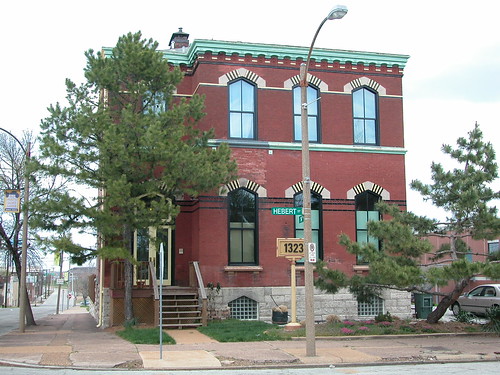 Across the street from the gallery, the former Ames Elementary School kindergarten building has received the attention of a couple who have spent the last few years doing major masonry work, cornice repair and interior rehabilitation.
Across the street from the gallery, the former Ames Elementary School kindergarten building has received the attention of a couple who have spent the last few years doing major masonry work, cornice repair and interior rehabilitation.

